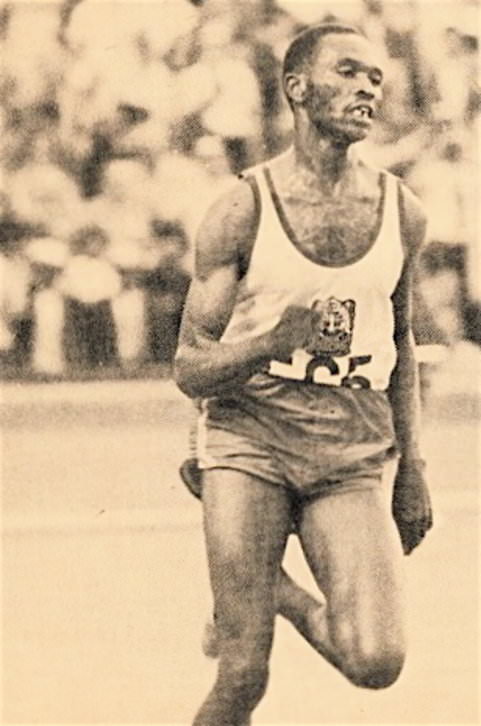
1970 Commonwealth GamesMeadowbank Stadium, Edinburgh, Scotland, July 17-25 There were two big changes from the previous 1966 Games in Jamaica. First, the distances were metric for first time. Second, the track was a synthetic all-weather track. No more cinders! 800Olympic Champion Ralph Doubell of Australia was the clear favorite. In the previous Commonwealth Games he had been sixth. Another hopeful was Benedict Cayenne, who had finished 8th behind Doubell in the 1968 Olympic 800 final. The Trinidadian had run a fast 1:46.83 in the semifinal.
1971 European ChampionshipsAugust 10-15 Helsinki, Finland The Finnish people had waited a long time for another Paavo Nurmi to raise their patriotic spirits. The flamboyant 5,000/10,000 double of Juha Vaatainen was thus hugely appreciated, especially since the location was the Finnish capital. He was head and shoulders above anyone else as the star of the meet for the running events. 800There were two outstanding athletes in this event: the returning champion Dieter Fromm from East Germany and Russian Yvgeniy Arzhanov, who had been undefeated in 33 races since his fourth-place finish behind Fromm in the 1969 Euros. These two runners were the same age, having been born within one day of each other in April 1948.
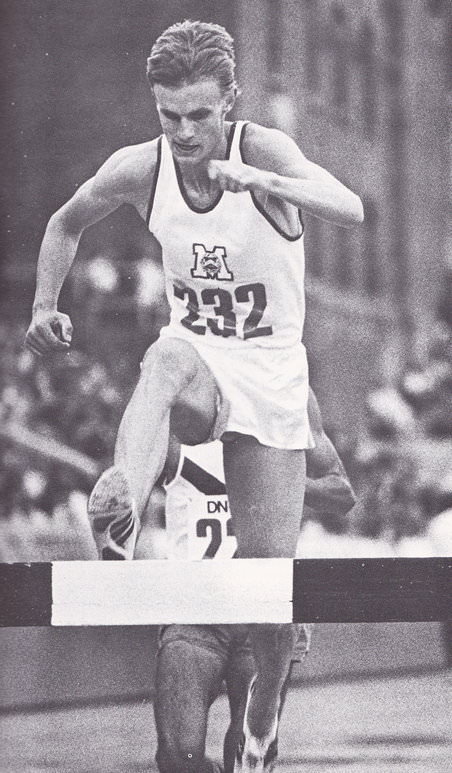
Anders Gärderud Profileb. Aug. 28, 19466’1” (1.86 m) 154 lbs (70 kg) The story of Anders Gärderud is a story of promise fulfilled. It’s also a story of setbacks and of the need for a radical reassessment of a running career. Gärderud has been Sweden’s greatest runner since Andersson and Hägg. Thirty years after these two great runners had rewritten the record book for 1,500 and the Mile, he broke the world Steeplechase record four times over a four-year period, reducing it an amazing 12.6 seconds. And he capped off his career in the best way possible with an Olympic gold medal in a world-record time.
Clarke v Keino v Stewart v McCafferty v Rushmer5,000, Commonwealth Games, 1970Meadowbank Stadium, Edinburgh, Scotland Great Races # 22 Prospects This 5,000 race had all the qualities of a Great Race. It took place in a major games, it fielded some of the world’s finest middle-distance runners, it recorded four of eight all-time fastest clockings, it involved some intriguing tactics and it ended up with a very exciting last two laps. Roberto Quercetani considered that this race had “hottest finish in the history of the event.” (Track & Field News, July, 1970)
DAVID MOORCROFT PROFILE born 1953 David Moorcroft with his wife Linda and his coachJohn AndersonHis brilliant and stunning 5,000 world record in 1982, which knocked 5.79 seconds off the previous mark, has obscured David Moorcroft’s fine competitive record in his long running career. True the English runner did not achieve Olympic glory, but he did win two Commonwealth golds (1978, 1,5000 and 1982 5,000), a European bronze and a European Cup title (5,000 in 1982). In the years 1975 to 1982 he was rarely beaten when he was in top shape.

1948-20186’0” (183 cm), 140-143lbs (65-66 kg) Dick Quax is an important member of the New Zealand distance-running pantheon. He stands as an equal alongside the likes of Lovelock, Halberg, Baillie, Magee, Snell, Davies, Walker and Dixon. An Olympic silver medal, a Commonwealth silver medal and a 5,000 world record were his greatest achievements. There would surely have been more medals had he not been prevented from competing in major games by injuries and an Olympic boycott. He was also versatile, running the 1,500 in 3:35.9 yet posting the second-fastest ever 15,000 (43:01.7) and a 2:10:47 marathon when the world bests were 42:54.8 and 2:09.01. Quax’s crisp running gait was unusual in that he landed further to the front of his foot than most runners.
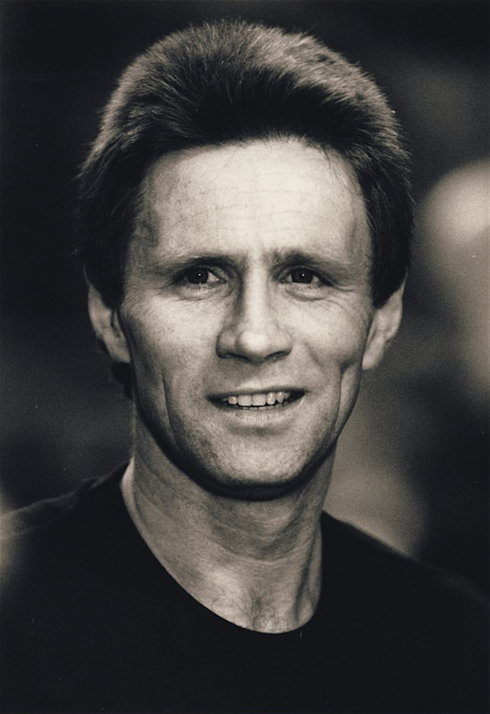
Eamonn Coghlan Profile b. Nov 21, 1952 When he was 19, Eamonn Coghlan almost threw away his big chance to become an international runner. The previous year he had accepted an athletic scholarship from Villanova University to train with famed coach Jumbo Elliott and had left his native Dublin to live in the USA. With no experience of life outside Dublin, he had a difficult time at Villanova. Culture shock, homesickness and academic difficulties hit him hard. As to running, he was also surprised by the severity of the track sessions (20x440 in 68 with 220 jog), double the amount of work he had done back in Ireland. Then he got injured. Coghlan described his first winter in the USA as “the unhappiest time of my young life.” (Eamonn Coghlan, Chairman of the Boards, Master of the Mile, p. 62)
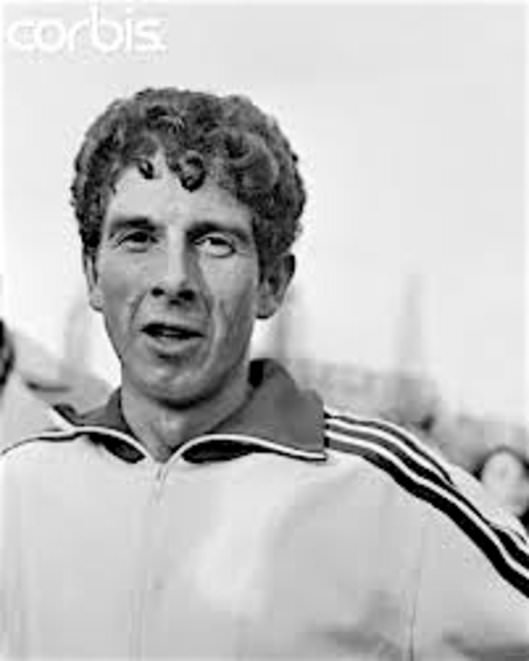
Emiel Puttemans Profile b. 1947 In the early 1970s Belgian runner Emiel Puttemans was the leading 5,000 runner in the world. During the five-year span from 1971 to 1975, he was the fastest in the world for three of those years and second-fastest once. He set four outdoor world records (3,000, 2 Miles, Three Miles and 5,000) and twelve indoor world records (2,000, 3,000 [twice], Two Miles, Three Miles [three times], 5,000 [three times], Six Miles, and 10,000). He was also very consistent, running under 13:30 for 5,000 eleven years in a row (1971-1981). Despite all this, Puttemans’ greatness has been underestimated because he never won a major outdoor championship. His best Olympic result was a silver medal in the 1972 Olympic 10,000, where it took a world record by Lasse Viren of Finland to defeat him. This race showed the Belgian to be a great fighter. He was the only one to answer Viren’s acceleration at the bell and closing round the last bend, he looked like he might catch the Finn. It was only when Viren managed to accelerate yet again that the race was decided.
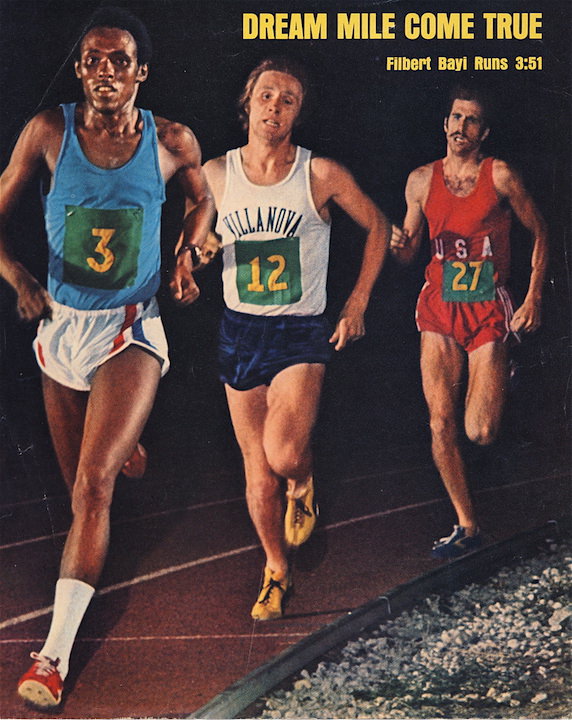
Bayi v Liquori v Coghlan1975 Dream MileInternational Freedom GamesKingston, Jamaica. May 17, 1975Great Races #23 Kingston, the venue for the 1975 Freedom Games, produced a capacity 36,000 crowd to see not only a version of the Dream Mile but also a sprint contest between Steve Williams and Houston McTear. While the sprint races were predominantly an American affair, the Dream Mile had a far greater international flavour. True, there were four Americans in the field, but there were also an African, a Brit, an Irishman and a Jamaican. It was an impressive field.
GREAT RACES #20 30,000 Crystal Palace, September 5, 1970 A lot of international runners were still in top form after the 1970 Commonwealth Games in Edinburgh, and they were looking for races. On September 5, Coca Cola sponsored an international meeting at the relatively new Crystal Palace Stadium, which boasted a tartan track. One of the races set up for the meet was an unusual one: 30,000 meters. And the target was Jim Hogan’s WR of 1:32:25.4. An impressive field of in-form distance runners was assembled: